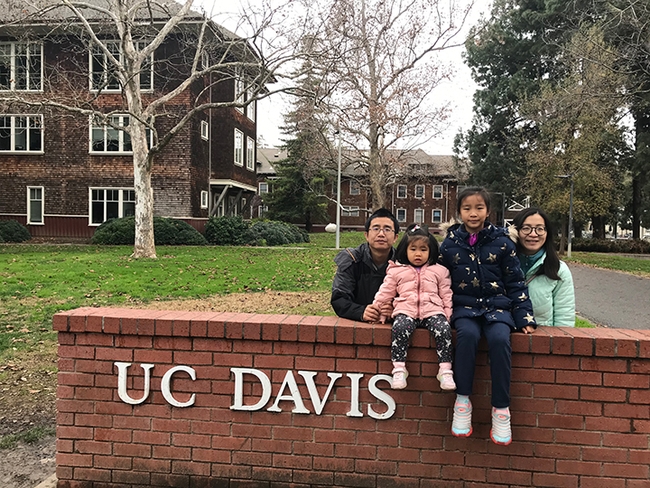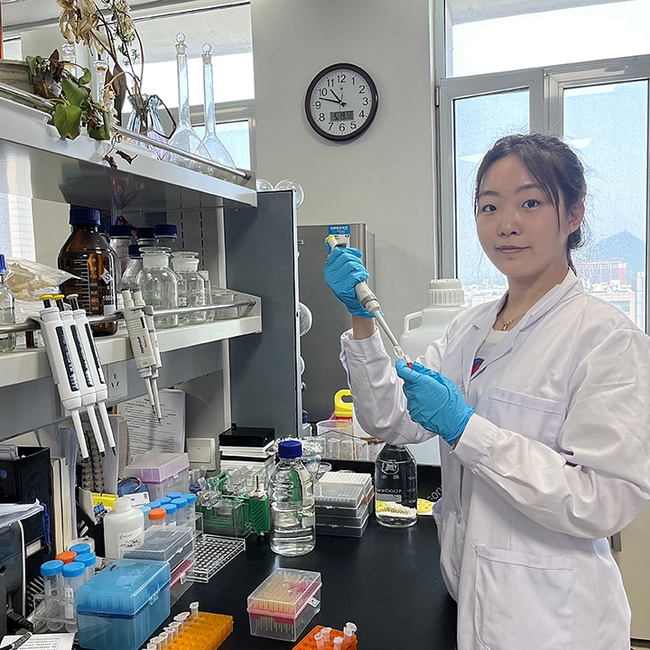
The research involves the development of a DNA-based sensor amplification system demonstrated in a fluorescence immunoassay that can detect, both simply and rapidly, trace amounts of organophosphate pesticides (OPs) in food products.
The paper, “Competitive Fluorescent Immunosensor Based on Catalytic Hairpin Self-Assembly for Multiresidue Detection of Organophosphate Pesticides in Agricultural Products,” appeared in the February edition of the Food Chemistry journal and is republished in June as “Paper of the Month."
Maojun Jin, who served a year (September 2019 to September 2020) as a visiting scholar in the Hammock laboratory, UC Davis Department of Entomology and Nematology, led the research team, and is the senior author and corresponding author. He is now a professor in the Institute of Quality Standards and Testing Technology for Agro-Products, Chinese Academy of Agricultural Sciences. His doctoral student, Yuanshang Wang, is the first author.
“I'm very proud of what Maoiun and his team have accomplished,” said Hammock, who directs the NIEHS-UC Davis Superfund Research Program. The research was partially funded by his Superfund grant, and his NIEHS RIVER (Revolutionizing Innovative, Visionary Environmental Health Research) Award.
In addition, the research drew financial support from the National Natural Science Foundation of China, Central Public-interest Scientific Institution Basal Research Fund, and the Central Public Interest Scientific Institution Basal Research Fund for the Chinese Academy of Agricultural Sciences.
(See full story on the UC Davis Department of Entomology and Nematology website. No images can currently be loaded on the Bug Squad blog due to server issues.)
Attached Images:

